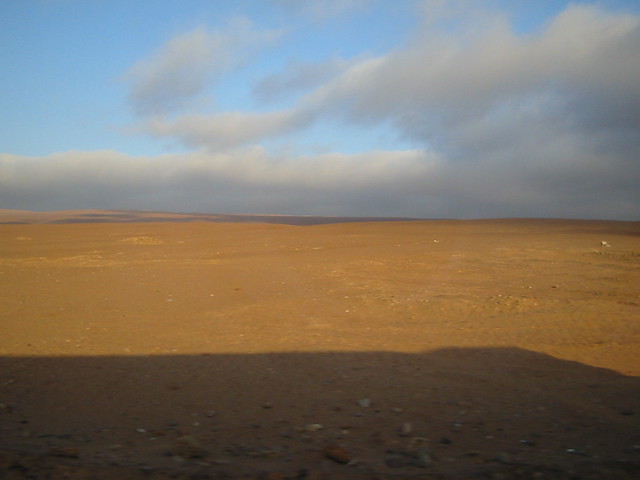Beyond the Valley of Azapa endless stretch the Andean highlands, where the desert becomes a spectacular red livery. It seems to land on Mars. On a fifty years old chevrolet car, we follow a faint-track in this inhospitable land in the direction of Putre, the town that serves as a starting point for visits to Lauca National Park and the ascent to the volcano Taapaca. In this portion of the plateau, the nature shows all its magnificence and hardness. Scattered groups of vicunas escape hopping as soon as they hear the noise of the car approaching. The wind whips the faces of the natives who, consumed by the sun and altitude, are covered in a last attempt at defense. The link between earth and sky has always been part of the cosmogony of the Andean peoples, inevitable is the attraction to these mountains and the altitude of the plateau caused to civilizations that lived in these places. Still this yearning for the infinite is well represented by the presence on the andean highlands of several research centers using large telescopes for the observation of space and celestial bodies. Examples are the Panaral Observatory, Cerro Pachon and Las Campanans observatory. In exceptional years, the rare rains return to wet lands of the arid Atacama desert, causing an explosion of nature to appear in the form of endless expanse of green lawns and bright flowers, of which many insects feast insatiable. They perfectly know that the desert gives little time to abundance.
